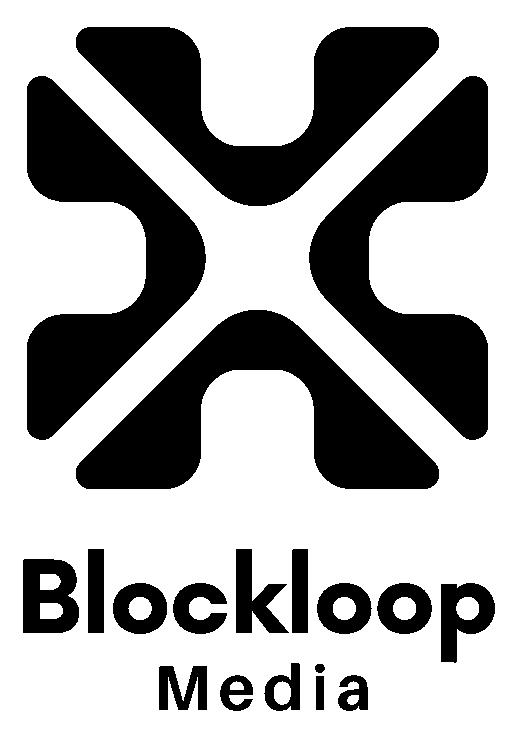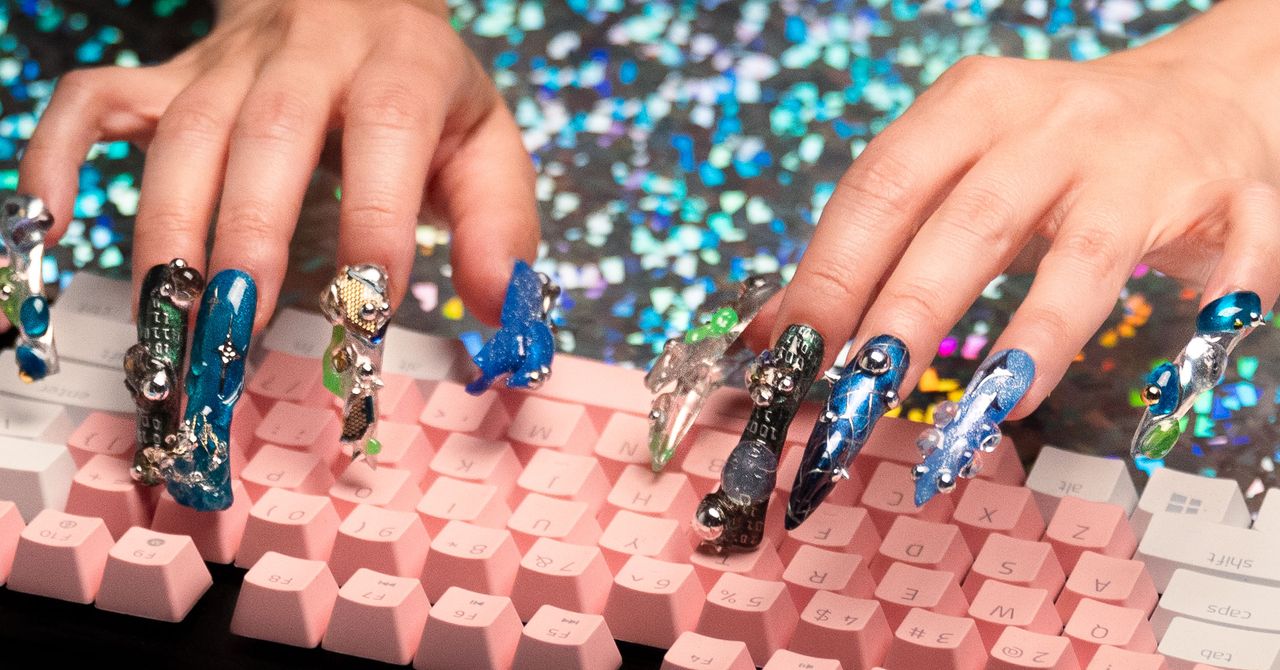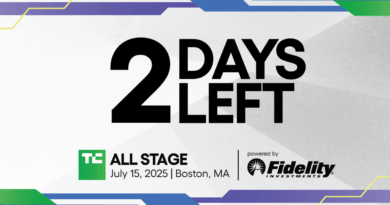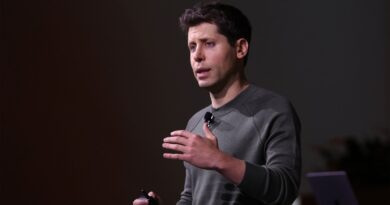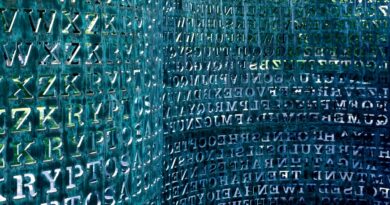Why Did a $10 Billion Startup Let Me Vibe-Code for Them—and Why Did I Love It?
Sitting a few feet away was Simon Last, one of Notion’s three cofounders. He is gangly and shy, an engineer who has relinquished management responsibilities to focus on being a “super IC”—an individual contributor. He stood to shake my hand, and I awkwardly thanked him for letting me vibe-code. Simon returned to his laptop, where he was monitoring an AI as it coded for him. Later, he would tell me that using AI coding apps was like managing a bunch of interns.
Since 2022, the Notion app has had an AI assistant to help users draft their notes. Now the company is refashioning this as an “agent,” a type of AI that will work autonomously in the background on your behalf while you tackle other tasks. To pull this off, human engineers need to write lots of code.
They open up Cursor and select which of several AI models they’d like to tap into. Most engineers I chatted with during my visit preferred Claude, or they used the Claude Code app directly. After choosing their fighter, the engineers ask their AI to draft code to build a new thing or fix a feature. The human programmer then debugs and tests the output as needed—though the AIs help with this too—before moving the code to production.
At its foundational core, generative AI is enormously expensive. The theoretical savings come in the currency of time, which is to say, if AI helped Notion’s cofounder and CEO Ivan Zhao finish his tasks earlier than expected, he could mosey down to the jazz club on the ground floor of his Market Street office building and bliss out for a while. Ivan likes jazz music. In reality, he fills the time by working more. The fantasy of the four-day workweek will remain just that.
My workweek at Notion was just two days, the ultimate code sprint. (In exchange for full access to their lair, I agreed to identify rank-and-file engineers by first name only.) My first assignment was to fix the way a chart called a mermaid diagram appears in the Notion app. Two engineers, Quinn and Modi, told me that these diagrams exist as SVG files in Notion and, despite being called scalable vector graphics, can’t be scaled up or zoomed into like a JPEG file. As a result, the text within mermaid diagrams on Notion is often unreadable.
Quinn slid his laptop toward me. He had the Cursor app open and at the ready, running Claude. For funsies, he scrolled through part of Notion’s code base. “So, the Notion code base? Has a lot of files. You probably, even as an engineer, wouldn’t even know where to go,” he said, politely referring to me as an engineer. “But we’re going to ignore all that. We’re just going to ask the AI on the sidebar to do that.”
His vibe-coding strategy, Quinn explained, was often to ask the AI: Hey, why is this thing the way it is? The question forces the AI to do a bit of its own research first, and the answer helps inform the prompt that we, the human engineers, would write. After “thinking,” Cursor informed us, via streaming lines of text, that Notion’s mermaid diagrams are static images that, among other things, lack click handlers and aren’t integrated with a full-screen infrastructure. Sure.
